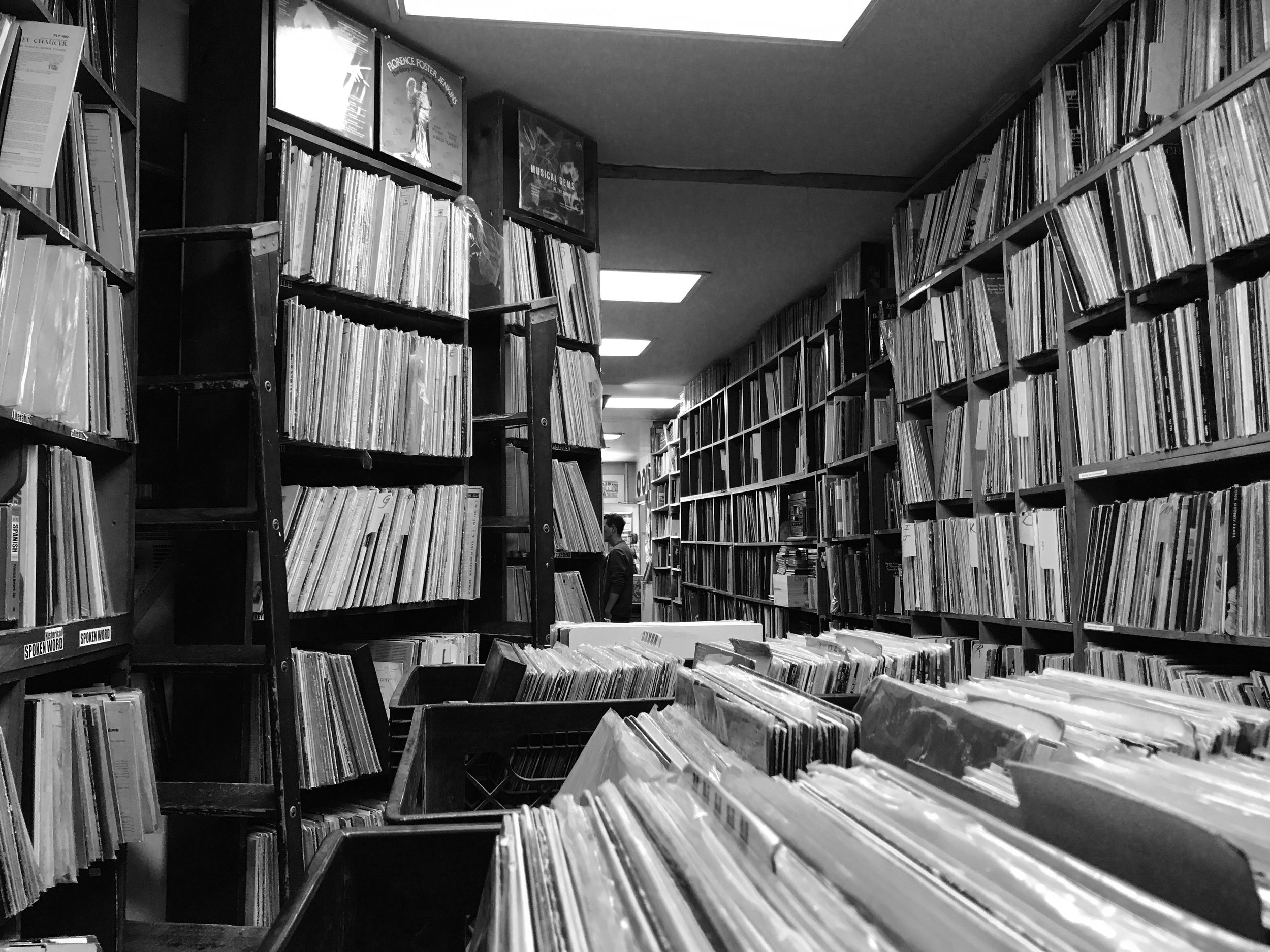
MINOR AT HEART
Lewis Hine’s photography: Camera as social reform tool
Wisconsin-born photographer Lewis Wickes Hine used his talent for the common good.
Pierre on Plath
Cartoonist Summer Pierre reviews for the New Yorker's site two collections of letters from poet and novelist Sylvia Plath, who suffered from depression and took her own life in 1963.
Catastrophe within catastrophe
It took a long, long, long time
My year in writing: 2017
In 2017, I wrote about comics or other things at the Chicago Reader, Hyperallergic, and here at my site.
My Year in Writing: 2016
My writing in 2016 appeared at Hyperallergic, the Chicago Reader, the Washington City Paper, and here at my site.
ABOUT
Dominic Umile lives, writes, and drinks in Brooklyn, NY. His criticism and features have appeared in the Los Angeles Times, the Chicago Reader, Hyperallergic, and more. Get in touch.